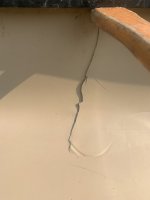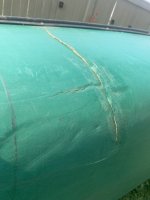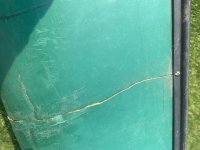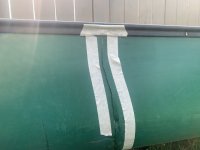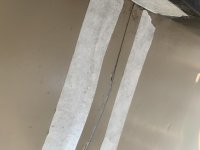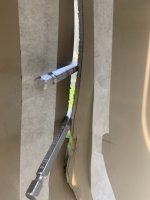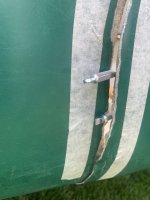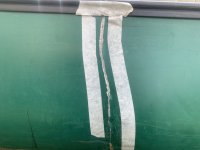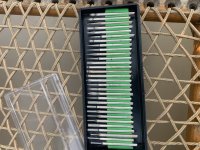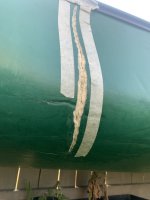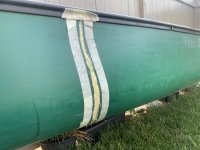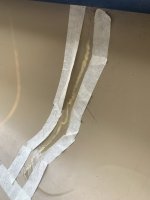Hello all,
I recently became the proud owner of a Novacraft prospector 17 in the royalex layup. The canoe seems to be in decent enough shape except for a crack on one side of the hull.
The previous owner said that it was up on a rack outdoors and was blown off by strong winds hence the mishap.
I’m hoping for the knowledgeable folks on here to point me in the right direction on the right way to repair damaged royalex.
I have done smaller repair jobs on gouges and scratches using g flex epoxy on my other royalex ww canoe but have never tackled anything like this before.
I had seen a repair done on cold cracks using only g flex epoxy and was wondering if this would be a strong enough repair.
Thanks in advanced,
Tripthenorth
I recently became the proud owner of a Novacraft prospector 17 in the royalex layup. The canoe seems to be in decent enough shape except for a crack on one side of the hull.
The previous owner said that it was up on a rack outdoors and was blown off by strong winds hence the mishap.
I’m hoping for the knowledgeable folks on here to point me in the right direction on the right way to repair damaged royalex.
I have done smaller repair jobs on gouges and scratches using g flex epoxy on my other royalex ww canoe but have never tackled anything like this before.
I had seen a repair done on cold cracks using only g flex epoxy and was wondering if this would be a strong enough repair.
Thanks in advanced,
Tripthenorth

